Earthquakes -> eukaryotic cells
Structure of Eukaryotic Cells
Eukaryotic cells have a defined structure that includes several key components:- Nucleus: This organelle contains the cell's genetic material and is the control center of the cell.
- Cell Membrane: The outer boundary of the cell that regulates the passage of materials in and out of the cell.
- Cytoplasm: The gel-like substance that fills the cell and houses organelles.
- Endoplasmic Reticulum: A network of membranes involved in the production of proteins and lipids.
- Golgi Apparatus: Responsible for modifying, sorting, and packaging proteins for secretion.
- Mitochondria: The "powerhouse" of the cell, where energy production occurs.
- Lysosomes: Contain digestive enzymes and break down waste materials.
- Cytoskeleton: Provides structural support and allows for cell movement.
- Centrioles: Involved in cell division.
Function of Eukaryotic Cells
Eukaryotic cells perform a wide range of functions necessary for the survival of the organism:- Reproduction: Eukaryotic cells divide to produce new cells through processes such as mitosis and meiosis.
- Metabolism: Cells carry out various metabolic processes, such as cellular respiration and photosynthesis.
- Homeostasis: Cells maintain a stable internal environment to support life processes.
- Communication: Cells communicate with each other through chemical signals and cell-to-cell interactions.
- Specialized Functions: Different cell types have specific functions, such as nerve cells transmitting signals or muscle cells contracting.
Comparison to Prokaryotic Cells
Eukaryotic cells differ from prokaryotic cells in several key ways:- Eukaryotic cells have a nucleus and membrane-bound organelles, while prokaryotic cells do not.
- Eukaryotic cells are generally larger and more complex than prokaryotic cells.
- Eukaryotic cells can be found in multicellular organisms, while prokaryotic cells are typically found in single-celled organisms.
◂Science Worksheets and Study Guides Seventh Grade. Earthquakes
Study Guide Earthquakes
Earthquakes  Activity Lesson
Activity Lesson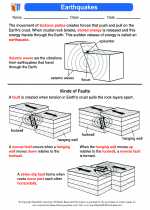 Earthquakes
Earthquakes  Worksheet/Answer key
Worksheet/Answer key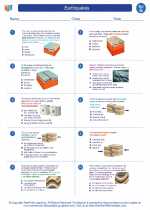 Earthquakes
Earthquakes  Worksheet/Answer key
Worksheet/Answer key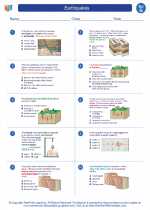 Earthquakes
Earthquakes  Worksheet/Answer key
Worksheet/Answer key Earthquakes
Earthquakes  Worksheet/Answer key
Worksheet/Answer key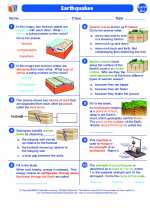 Earthquakes
Earthquakes  Worksheet/Answer key
Worksheet/Answer key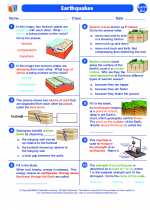 Earthquakes
Earthquakes  Vocabulary/Answer key
Vocabulary/Answer key Earthquakes
Earthquakes  Vocabulary/Answer key
Vocabulary/Answer key Earthquakes
Earthquakes  Vocabulary/Answer key
Vocabulary/Answer key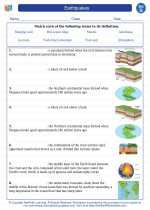 Earthquakes
Earthquakes  Vocabulary/Answer key
Vocabulary/Answer key Earthquakes
Earthquakes  Vocabulary/Answer key
Vocabulary/Answer key Earthquakes
Earthquakes  Vocabulary/Answer key
Vocabulary/Answer key Earthquakes
Earthquakes  Vocabulary/Answer key
Vocabulary/Answer key Earthquakes
Earthquakes 

 Activity Lesson
Activity Lesson
 Worksheet/Answer key
Worksheet/Answer key
 Worksheet/Answer key
Worksheet/Answer key
 Worksheet/Answer key
Worksheet/Answer key
 Worksheet/Answer key
Worksheet/Answer key
 Worksheet/Answer key
Worksheet/Answer key
 Vocabulary/Answer key
Vocabulary/Answer key
 Vocabulary/Answer key
Vocabulary/Answer key
 Vocabulary/Answer key
Vocabulary/Answer key
 Vocabulary/Answer key
Vocabulary/Answer key
 Vocabulary/Answer key
Vocabulary/Answer key
 Vocabulary/Answer key
Vocabulary/Answer key
 Vocabulary/Answer key
Vocabulary/Answer key
